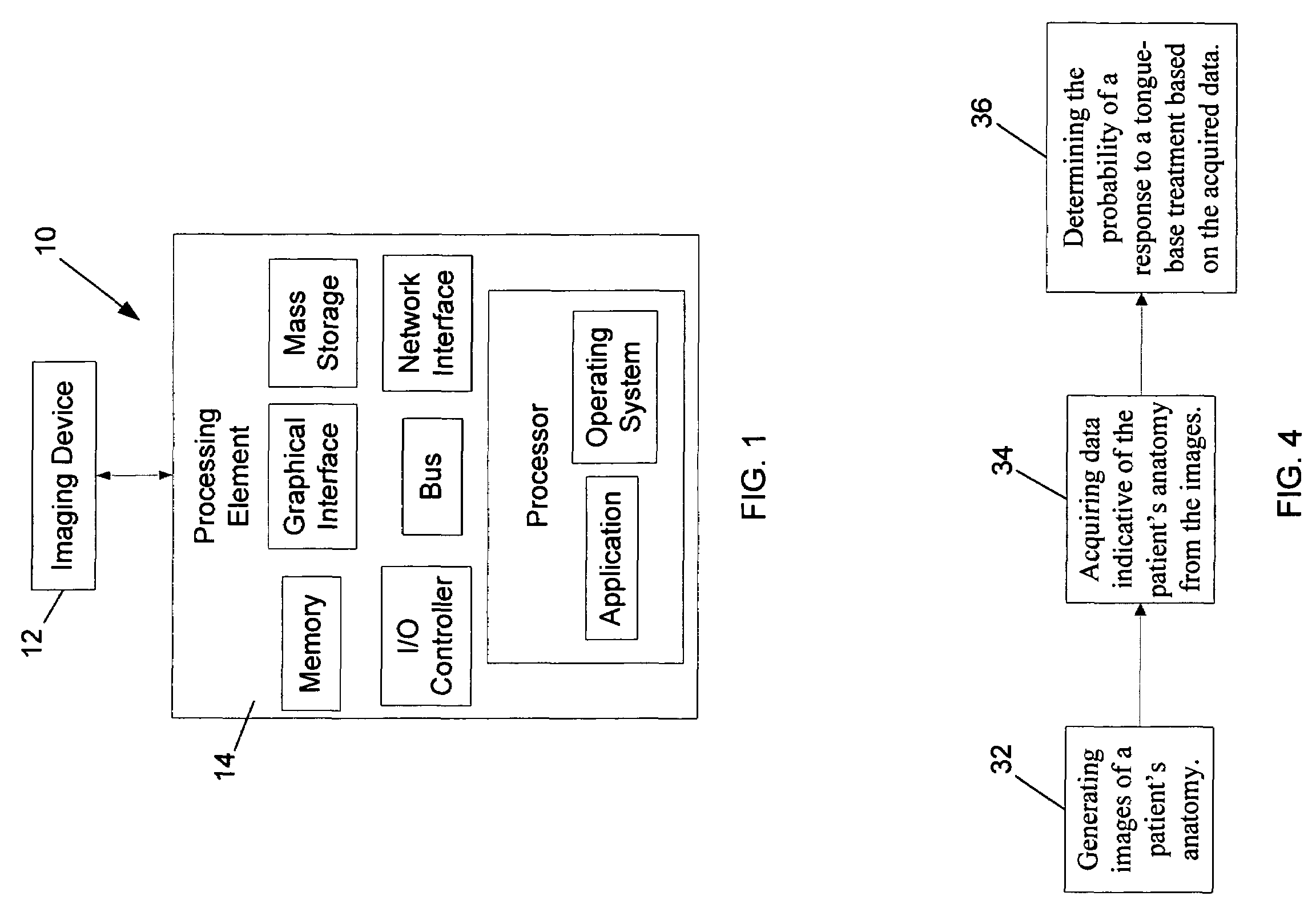Like those multi-systemic problems, OSA affects a large percentage of the population.
There is no known cure for obstructive sleep apnea.
Behavioral treatments such as weight loss and alcohol avoidance may be helpful, but are not always completely effective therapies.
Surgical procedures are considered second line therapies and current surgical modalities result in inconsistent results.
While airway pressure treatment is considered to be the first line of therapy worldwide (and has proven to be the most successful therapy in maintaining an open airway), this form of treatment suffers from a significant incidence of side-effects, and there is an equally significant lack of long-term patient compliance.
Problematic to this form of treatment, however, is non-compliance.
Non-compliance is the extreme manifestation of patient dissatisfaction with nasal CPAP; even compliant patients are not satisfied, as evidenced by the wide range of problems encountered by all users of nasal CPAP mask systems (e.g., nasal stuffiness, mask leak, dry throat, cold air stream, mask rubbing, more frequent awakenings, red / sore eyes, and nosebleeds).
Major factors in non-compliance are bulkiness, discomfort, and leakage problems inherent in the nasal mask CPAP systems.
The number one complaint by OSA patients is the discomfort caused by their nasal mask.
Poor training and follow-up from the device distributor, claustrophobia, nasal congestion, discomfort, complications with headgear adjustments, and nasal and skin allergies are also problematic.
Excessive sinus irritation, injury, or physical deformities make nasal CPAP impractical.
CPAP use is also associated with a limitation on the part of the patient to sleep in varying body positions while connected to the device; CPAP users are required to sleep only on their back or sides (they are unable to sleep in the prone position, i.e., on their stomachs).
Patient health, public safety, and economic productivity all suffer when OSA patients fail to comply.
Side-effects of OAT include potential changes in dental occlusion, Temporomandibular Joint symptom exacerbation, and current lack of capability to specifically predict who will respond best to this treatment.
Minimal long-term data are available with this technique, and airway drying (despite the use of humidified circuits) is problematic.
Pharmacologic treatments for OSA have been ineffective.
Although snoring is temporarily relieved in most cases, apnea often persists due to continued tongue-base narrowing.
The overall success rate of UPPP is about 40% for primary snoring, but less for apnea (problematic is that many physicians fail to obtain objective sleep study data either before or following performance of this procedure, and a “silent apnea” situation is often created).
Velopharyngeal incompetence and pharyngeal stenosis are significant complications to all forms of soft palate surgery.
Laser treatment may worsen the respiratory disturbance index (RDI) and can cause long-term sequelae of a scarred airway.
Importantly, the long-term results of this technique are unknown, and clinical data surrounding the use of this technique are limited as it is often performed at the same time soft palate surgery is performed.
While the surgical literature suggests that this procedure has the greatest impact on affecting volumetric expansion at multiple areas of the upper airway (and is considered the most successful surgical procedure [outside of tracheostomy] for treatment of OSA), changes in facial appearance in addition to cost, complexity, and inconvenience have prevented this procedure from gaining wide acceptance.
This therapy has become less common due to the success of CPAP, and significant social stigma prevents the widespread use of this technique for most patients.
This technique has not proved effective for OSA, as the majority of patients exhibit narrowing below the level at which the lesion is placed, and a relapse of snoring is typically seen 1-2 years following soft palate application in patients with primary snoring.
While some temporary benefit is seen in patients with primary snoring and milder forms of apnea, recurrence of symptoms is often seen, and little (if any) long-term data is currently available.
Clinicians, however, often offer a “shotgun” approach to all-corners with OSA (i.e., oral appliances are fabricated for all-corners), and no specific technique or mechanism is utilized in order to predict a given individual's probability of response to therapy (prior to appliance fabrication and initiation of treatment).
Unfortunately, beyond the generalized guidelines listed above, clinicians are currently unable to predict in advance which individuals will uniquely respond to OAT treatment and, therefore, who are the most appropriate candidates for this form of OSA therapy.
Similarly, surgeons involved in performing mandibular advancement (or tongue-base) surgery in patients with OSA currently have no means of predicting how far the mandible (or tongue base) must be advanced in any given individual in order to affect a cure of upper airway obstruction.
This inability to predict response to therapy often leads to inappropriate appliance fabrication and / or inappropriate or inadequate surgical advancement in patients who will not, by reasons of anatomical expansion or physiologic improvement, respond to therapy.
 Login to View More
Login to View More  Login to View More
Login to View More 


